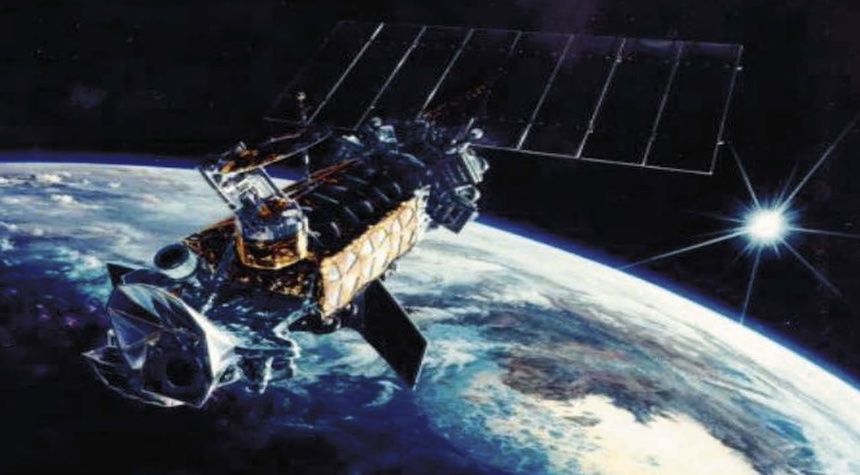Meteorologists are facing the loss of a crucial tool for monitoring and forecasting hurricanes. The National Oceanic and Atmospheric Administration, known as NOAA, has announced the permanent termination of data processing from the Special Sensor Microwave Imager Sounder, or SSMIS.
The SSMIS instruments are part of three weather satellites in low-Earth orbit, maintained by NOAA in cooperation with the United States Department of Defense. These instruments provide critical weather information that, according to NOAA, cannot yet be replaced by other satellites or weather instruments.
SSMIS uses microwaves to penetrate cloud cover, offering forecasters a clearer picture of a tropical cyclone’s inner structure, including its precise center. This is in contrast to other weather satellites that rely on visible and infrared imagery, which can only capture surface-level details.

We should note that the SSMIS data is particularly valuable during nighttime hours when visual observations are limited. Forecasters rely heavily on this system when direct observations over open water are scarce.
Scientists warn that the loss of SSMIS data could negatively affect weather forecast models. These models are highly sensitive to initial conditions and require multiple sources of accurate data. The SSMIS accounts for nearly half of all microwave instruments currently in use, meaning its absence would significantly reduce the data available to forecasters.

In a worst-case scenario, this could lead to meteorologists missing a tropical system that intensifies overnight, a development that might not be apparent from infrared satellite imagery alone.
According to reliable sources, including atmospheric scientists and hurricane specialists, this change is expected to have a detrimental impact on hurricane forecasts for the upcoming season and beyond. This raises important questions about the ability to protect tens of millions of Americans living in hurricane-prone areas.
The evidence suggests that while the satellites and instruments remain functional, the U.S. Navy, responsible for processing SSMIS data, is making changes that will affect its distribution. The Department of Defense maintains that its users will continue to receive and use DMSP data, but the impact on non-military entities remains unclear.


